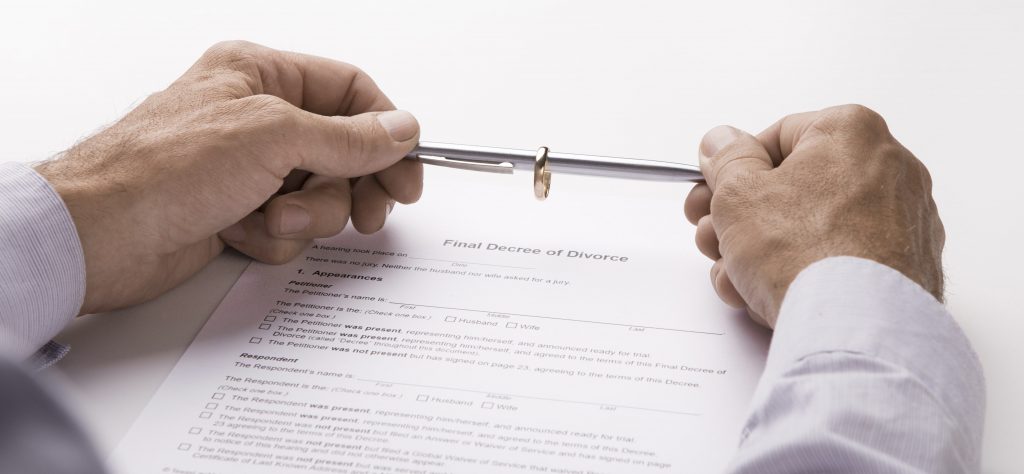The term ‘collaborative law’ can sometimes be confused with mediation; however, the two are very different things. Collaborative law is a method of dispute resolution that encourages the parties involved in a divorce, for example, to work together to secure a mutually acceptable resolution to their case. It does not focus on counselling therapy, nor is its prime aim to bring a separating couple back together. All parties are present at discussions, along with their legal representatives so that everyone is kept informed about how the matter is progressing at the same time.
When is collaborative law effective?
Collaborative law can be used in a number of different situations that do not always involve couples seeking a divorce. For example, collaborative law can be extremely effective in cases where couples are looking to draw up a prenuptial agreement ahead of marriage or civil partnership. It offers both (or all) parties involved an opportunity to put forward what they want to happen. A trained collaborative law expert can then help everyone present to discuss how to reach an agreement calmly and proactively.
How does it work?
All parties involved in the matter at hand meet together in one room, together with their legal representatives. The meeting is run by an experienced, trained collaborative law professional, normally a solicitor or similar professional who is conversant in family law. He or she will chair proceedings and keep discussions on track. They will also ensure that all parties get a fair hearing and that everyone’s point of view can be presented and considered.
Having all parties’ legal representatives present gives everyone the same benefit of having immediate access to legal advice and support. The legal advisors can also bring up other issues that may not have been considered before, e.g. during previous mediation sessions. Where relevant, other professionals, such as accountants or financial advisors can also be present to offer informed guidance and advice. The presence of all these professionals allows the collaborative law process to move faster to its conclusion, as they can answer questions and provide input on the spot.

What happens after the meeting?
As soon as an agreement is reached, all parties sign a Consent Order agreeing to the terms and outcomes discussed. This is then filed with the Court and becomes a legally binding document. This again differs from the outcome of a mediation, where the mediator is a neutral participant and cannot offer legal advice. Therefore, they cannot prepare a Consent Order and this must be completed afterwards, which can delay the process and add an extra layer of bureaucracy.
A key aim of collaborative law is to avoid the matter being discussed from having to go to Court to be resolved, which is why such a document is very important. Once the paperwork has been filed, all parties must work towards complying with its contents. Their legal representatives can work with them to achieve this and move the case to its final resolution.
Who can benefit from collaborative law?
The people who get the most effective outcome from collaborative law are those who genuinely want the process to work and for the outcome to be fair to everyone involved. While there may be some feelings of sadness surrounding the breakdown of a relationship, for example, the process can offer a feeling of closure and relief that things have been resolved amicably, maturely and with the fewest possible complications or delays. The collaborative law process centres more around legally resolving matters such as dividing finances and property, confirming child access arrangements or finalising the terms of a prenuptial agreement.
Collaborative law practitioners must adhere to a strict Code of Practice, which involves promoting a constructive, fair approach. The process focuses on resolving legal matters, rather than airing grievances. People seeking more of a ‘therapeutic’ approach to help them sort out their feelings could benefit from counselling or mediation instead. Of course, there is nothing preventing people from accessing both types of support.
Mediation can help many people get their feelings and emotions around the issue clear in their minds and move past any areas of conflict that could block productive legal discussions. Once this has been done, collaborative law can firm up the final details of a separation or divorce.
For more information on collaborative law, or if you would like to access collaborative law services, contact Shortlands.
